In the world of fashion and ethics, the animal leather vs plastic leather debate is hot. Let’s unravel the ethical threads of real leather and vegan leather to tailor your choices to your values.
But, first, what is their difference?
Genuine Leather: Pros & Cons
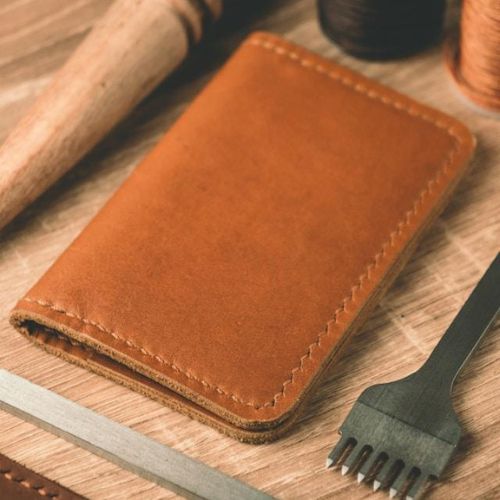
Genuine leather is synonymous with timeless elegance and unmatched durability. Crafted from animal hides through traditional tanning, it boasts a strength and natural texture that synthetic alternatives can’t touch.
Real leather also offers a luxurious feel that ages gracefully and lasts a lifetime. While real leather offers timeless elegance and durability, it comes with ethical and environmental concerns.
Animal welfare issues and the use of harmful chemicals in the tanning process impact both workers and our planet.
Faux Leather: Pros & Cons

Vegan or faux leather offers a cruelty-free alternative, typically made from a variety of synthetic and natural materials, including polyurethane (PU). More recently, you can find vegan leather production that features innovative plant-based options.
Vegan caters to the ethical consumer and often comes at a lower cost. Recent advancements have also seen improvements in quality and texture, making it a more appealing choice. Unfortunately, despite its ethical edge, not all vegan leathers are created equal.
Some can harm the environment due to the use of plastics in their production and they may not offer the same durability as their animal-based counterparts. So, as a conscious vegan and earth lover, it’s important to pay attention to what you invest in.
The Sustainability Showdown: Real Vs Faux Leather
In a world increasingly attuned to the health of our planet, leather manufacturing faces scrutiny. The environmental narrative of both leather types is intricate and demands a closer look.
The Realities of Genuine Leather Production
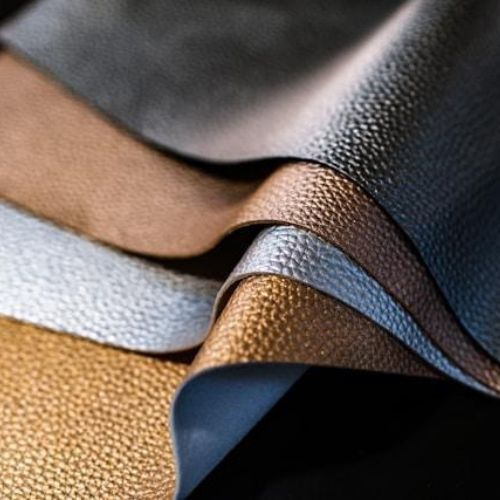
Real leather’s journey from pasture to product has a significant environmental footprint, with the tanning process often cited as a major pollutant due to the chemicals used. Further, leather production consumes a lot of water.
While often marketed as a by-product of the meat industry, the reality is more nuanced. The lucrative nature of leather means it’s a co-product, providing a significant stream of revenue on its own.
The Eco-Friendly Promises of Vegan Leather and Faux Leather
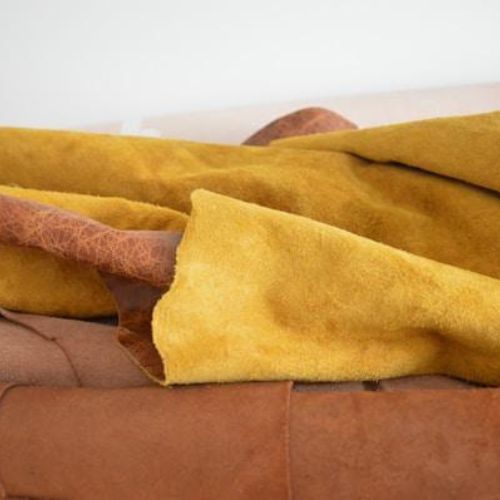
Vegan leather steps into the sustainability ring with promises of a lighter environmental touch, especially when sourced from innovative, natural materials. The answer isn’t black and white, however.
While vegan leather avoids the direct environmental costs of animal farming, its reliance on plastics and the durability debate add complexity to its green credentials.
Durability and Longevity: Real Leather or Vegan?
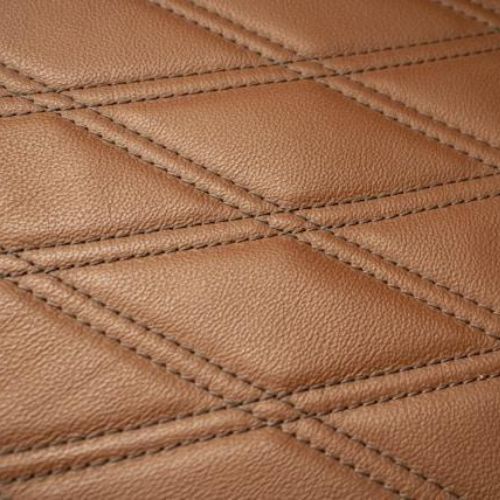
When it comes to withstanding the test of time, natural leather doesn’t disappoint. Most natural leather, whether full grain or top grain leather, can last a lifetime. With proper care, a piece of real leather can become a cherished heirloom, telling stories for generations.
Vegan leather, on the other hand, often falls short of real leather’s enduring quality. Innovative materials like pineapple leaves and apple peels offer a sustainable edge. But, their durability varies. Typically, vegan leather, particularly PU leather, is susceptible to wear over time, leading to a need for more frequent replacements.
Aesthetic Appeal and Practical Considerations

There’s an undeniable charm to the authentic leather that vegan alternatives strive to imitate. Traditional leather tanning methods create a material that ages gracefully, developing a patina that enhances its aesthetic appeal over time.
The texture, scent and natural variations in the colour of real leather goods, from a duffle bag to a pair of shoes, embody a classic elegance. But, this comes at the expense of animal life and cruel practices.
Fortunately, vegan leather’s growing popularity has spurred fashion brands to push the boundaries of creativity. With a plethora of textures and colours, designers harness the versatility of synthetic materials to craft everything from avant-garde apparel to stylish accessories.
Vegan leather can mimic the look of authentic leather or explore new, unique aesthetics, catering to a diverse range of tastes and styles. Even better, you can enjoy your fashion without the guilt!
Making the Ethical Choice: Animal Welfare Concerns
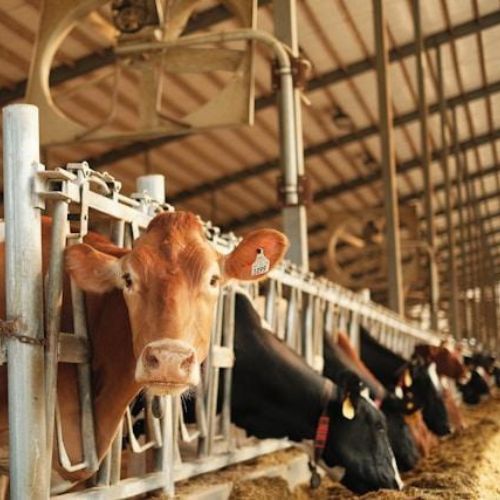
The leather industry, reliant on animal hides and skins, faces ethical scrutiny for its impact on animal welfare. Leather production often involves processes that raise concerns about the treatment of animals.
It also comes with environmental repercussions of tanning methods, notably chrome-tanned leather. For those prioritising ethical considerations, these aspects of leather production are critical when choosing between real and faux leather.
Vegan leather presents itself as an alternative to real leather, distancing itself from the ethical dilemmas associated with animal leather. As a cruelty-free option, it appeals to consumers looking to make compassionate choices without compromising on style.
Despite debates over environmental concerns, vegan leather’s lack of direct animal involvement makes it a favoured choice for those prioritising animal welfare.
Leather Cost Comparison
Real leather stands as a premium option in the market, often commanding higher prices due to its strength and durability. The advantages of genuine leather include a longer lifespan and the ability to withstand wear.
Luxury brands frequently utilise real leather for its high-end appeal and lasting quality. Vegan leather offers an affordable alternative, with its cost-effectiveness being a significant draw for consumers.
Despite its lower price point, it’s essential to consider that vegan leather may not match the longevity of real leather. Its affordability also makes it accessible.
Suggested read: What Not to Wear – Identifying Non-Vegan Materials in Clothing
The Ultimate Vegan Pledge – Faux Leather Better Than Real Leather!
Ultimately, vegan and faux leather is always the best option for animal and earth lovers. Its incredible benefits, from cruelty-free to affordability and versatility, certainly outweigh its navigable cons.
After all, as a conscious consumer, you must always do your due diligence and opt for vegan leather with the least environmental impact. Engage brands and do your homework to ensure you go for the right vegan leather option.

In the section about ‘The Realities of Genuine Leather Production’, could you provide more insights on sustainable alternatives to traditional leather? I’m exploring options for more ethical fashion choices.
reading about the sustainability showdown real vs faux leather makes me think twice abt the stuff i buy. cheers for the headsup.
Not sure I agree with the idea that faux leather is always better. Sure, it’s good for animals, but what about all the plastics used, eh? Real leather has its place if it’s done right.
Gareth, you have a point, but considering the animal welfare aspect, it’s worth exploring synthetic options that are eco-friendly too. Innovation is key!
So we’re supposed to believe that vegan leather is the saviour? Sounds like more marketing buzz to me. Real leather has lasted centuries for a reason.
I appreciated the section on the eco-friendly promises of vegan and faux leather. It’s motivating to see alternatives being discussed and promoted.
Love the bit about durability and longevity of real vs vegan leather. Planning to use this info for my next DIY project. Really helpful, cheers!
was looking at the cost comparison. gotta say, surprised at how things pan out cost-wise over time. makes you think about what to buy next.
Your remarks on ‘The Realities of Genuine Leather Production’ were intriguing, yet I believe a deeper historical perspective on the use of leather through the ages could enrich the discussion.
The aesthetic appeal and practical considerations section was illuminating! It sparks a lot of ideas for my designs and helps me consider materials in a new light. Thanks for this!
About the eco-friendly promises of vegan leather, are there any tech advancements making it more sustainable? Curious if tech could bridge the gap here.